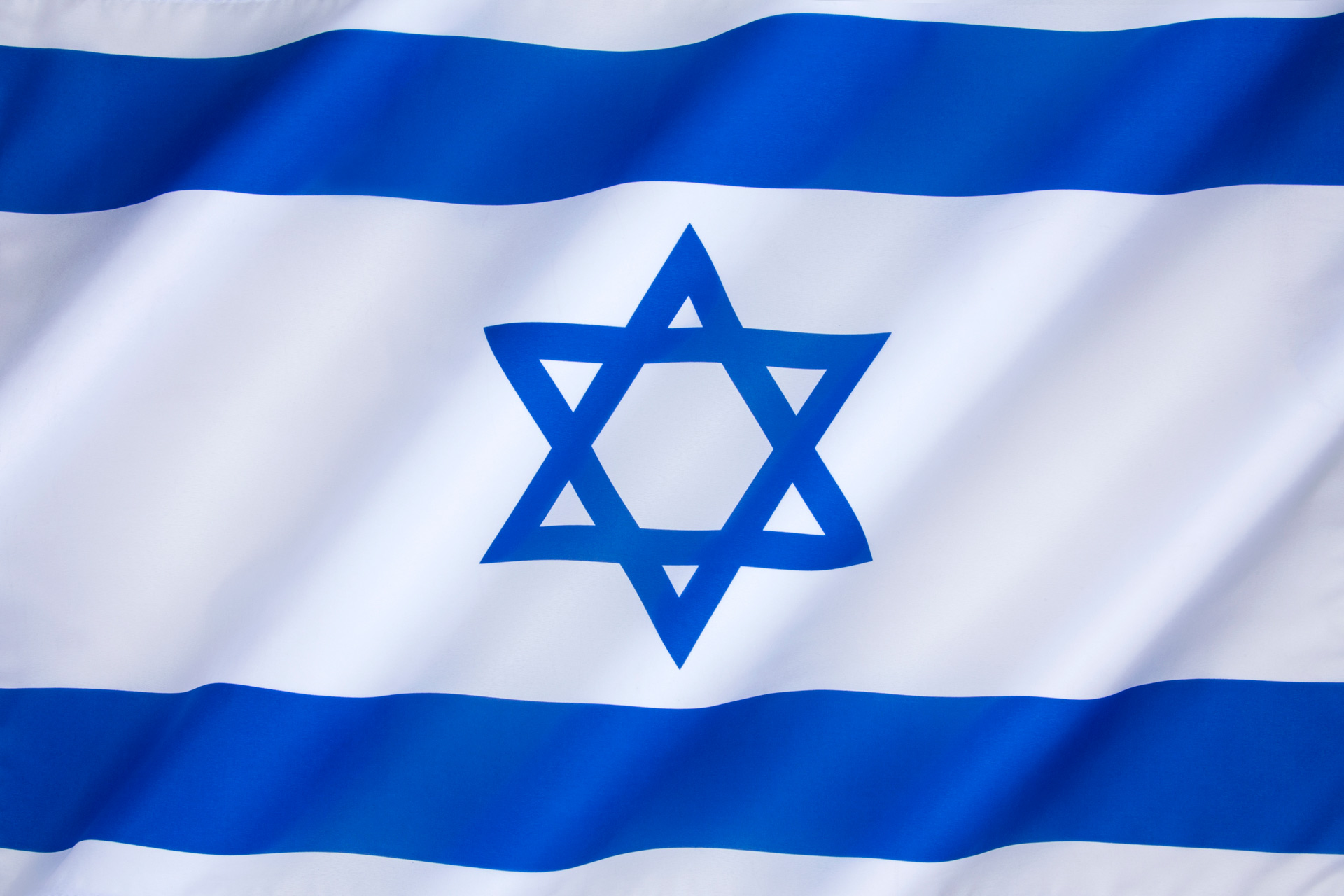IDF calls on Palestinians to evacuate eastern Rafah ahead of planned offensive

Military sends out flyers, text messages, and phone calls to warn Gazans about specific areas. Gallant tells US that Israel has “no other choice” but to launch an operation in the southernmost city of the Strip.
On Monday morning, the Israeli military began urging Palestinians to leave the eastern neighborhoods in Rafah that are near the Israeli border in the southern Gaza Strip. This is in preparation for a planned ground assault in the area.
Civilians were asked to move into an expanded zone of humanitarian aid in the al-Mawasi area and Khan Younis area of southern Gaza.
The Israel Defense Forces began dropping flyers, sending text messages and making phone calls at 8 am to Palestinians to inform them of the areas to evacuate and the routes to follow to reach a designated humanitarian zone.
|
For now, the evacuation order was only for certain eastern neighborhoods in Rafah and not for the entire southern Gaza city, though Israel has promised to continue to operate throughout this area, which is considered Hamas’s final major stronghold.
Israeli officials claim that the terror group still has six battalions left in Gaza, with four in Rafah. These are Yabna in the South, Shaboura in the North and Tel Sultan in the West. Hamas has two more battalions in central Gaza. They are located in Nuseirat Camp and Deir al-Balah Camp.
Hamas’ senior official said that the order to evacuate was “a dangerous escalation with consequences.”
Sami Abu Zuhri told Reuters that “the US administration along with the occupation bears responsibility” for the terrorism. He was referring to Israel’s alliance with Washington.
Rafah is home to more than one million Palestinian civilians. Army Radio reported that around 100,000 people were in the area where the IDF had called for an evacuation.
The IDF published a map that showed the areas that were to be evacuated, including the Rafah border crossing on the Egyptian side. The area being evacuated also includes three of Hamas Rafah Battalions – Yabna Shaboura and East Rafah.
In a press release, the military stated that, “According to the approval of the political hierarchy, the IDF is calling on the Hamas-controlled population to temporarily evacuate the eastern neighborhoods in Rafah and move to the expanded humanitarian area.”
It said, “This matter will proceed gradually, according a ongoing assessment of the current situation.”
In the expanded humanitarian zone, which includes the al-Mawasi area and Khan Younis, there are tent camps and field hospitals for Palestinians who have been displaced. The IDF has stated that there was a recent surge in humanitarian aid to Gaza.
Military sources say that the Kerem Shalom crossing with southern Gaza may reopen after a fresh assessment of the situation.
The military stated that it would maintain the level of humanitarian assistance despite the closing of the crossing. Other crossings will remain open and construction on the floating pier of the Americans in central Gaza continues.
The IDF added that it would continue to pursue Hamas in Gaza until the captors of all hostages are returned home.
The IDF warned Palestinians in flyers that were dropped into the Gaza Strip by the IDF on Monday morning to avoid approaching Israel or Egypt’s borders.
In a flyer sent to the entire Gaza Strip, the announcement was made that the designated zone for humanitarian aid had been expanded in the al-Mawasi region.
In this area, we will continue to expand our humanitarian assistance. The IDF will fight terror groups that use you to shield themselves. “Gaza City is a dangerous combat zone. Avoid crossing north of Wadi Gaza,” the message read.
The IDF flyer also stated that it is forbidden to approach the security fences on the east and south.
The second flyer addressed to residents and those who are sheltering in eastern Rafah neighborhoods warned that the IDF was about to use force to combat the terror groups in the area in which you reside.
It read: “Anyone who enters the area puts their own lives and those of their family in danger.”
The flyer warns against approaching the Israeli or Egyptian border.
Defense Minister Yoav Galant informed his American counterpart Secretary of Defense Lloyd Austin in a phone call that Israel had no other choice than to launch an offensive against Rafah, a southern Gazan town, during the night.
His office reported that Gallant informed Austin about the deadly rocket barrage launched by Rafah against an IDF border position a day before.
The minister outlined “the many attempts that Israel makes to reach an agreement for the release of the hostages and temporary ceasefire and said that, at this stage, Hamas has refused any proposal which would allow that.”
He said to Austin, “There was no other choice and that meant the beginning of the Israeli operations in Rafah.”
The ministry said that Gallant “thanked the secretary for defense for their close cooperation and stressed the US’s important role in the dialogue to release the hostages taken by Hamas.”
The military reported that fighter jets attacked several Hamas locations in southern Gaza Rafah over night, in the same area where the deadly rocket attacks were carried out Sunday. IDF claimed it had hit terror group buildings, sniper positions and other infrastructure.
Hamas officials claim that an airstrike in Rafah killed seven people.
Officials claimed that a second strike, just before midnight, had killed nine Palestinians in another home in a different area of Rafah, including a child.
The Rafah strikes came at the same time that ground troops were continuing to operate along Gaza’s central Netzarim Corridor. The IDF reported that in a recent incident Yiftah Brigade reservists spotted a group of gunmen nearby and ordered an airstrike.
The military reported that fighter jets also struck boobytrapped buildings in Gaza and rocket launch positions. The IDF also said that a helicopter struck a building where gunmen were firing at troops.
Israel claims to have killed 13,000 fighters in Gaza and around 1,000 inside Israel between October 7th and the following days.
Gaza’s Hamas controlled health ministry claims that over 34,000 Palestinians were killed during the Israeli offensive. This number cannot be verified. The ministry makes no distinction between combatants and civilians.









No Comments